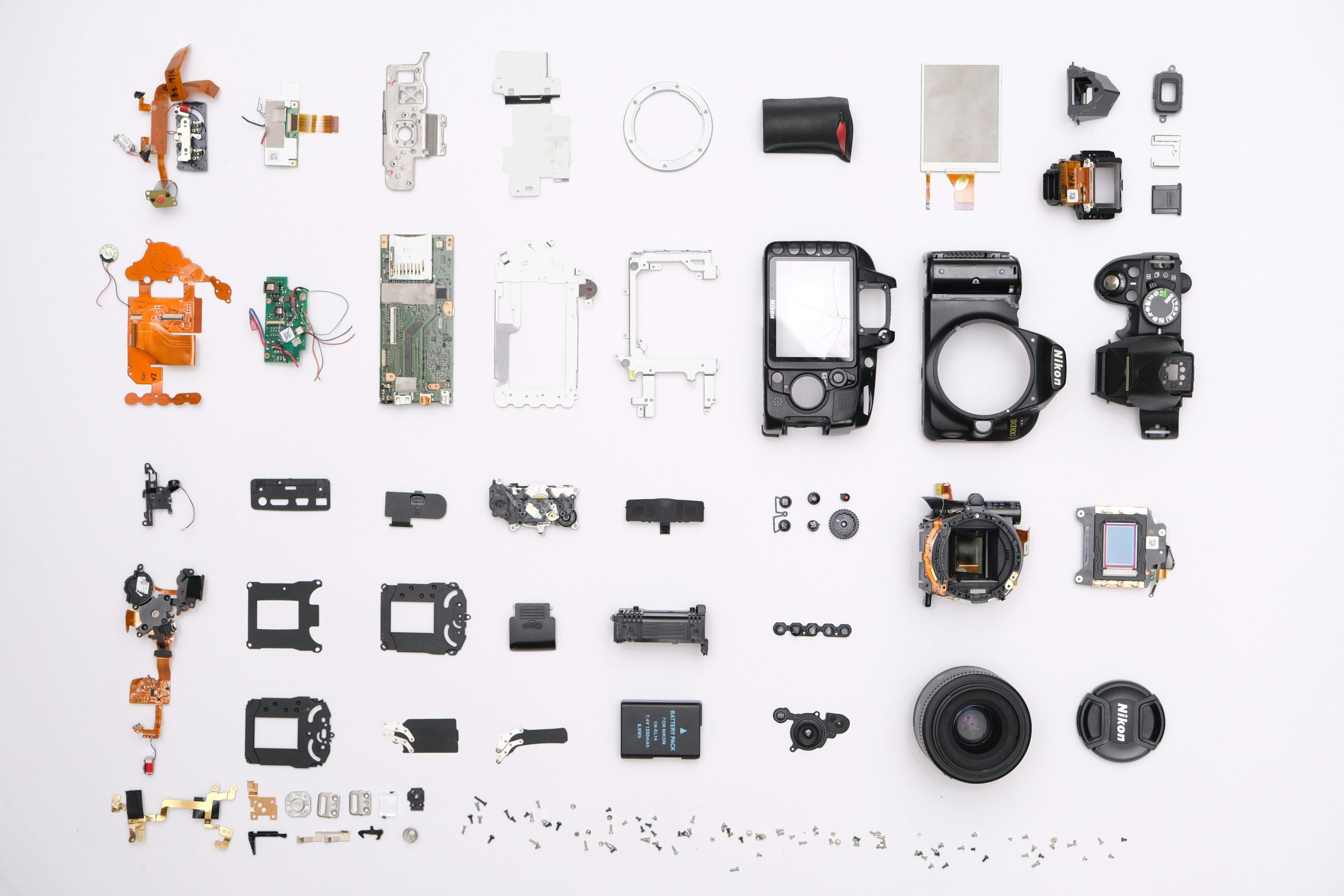Demystifying the Technical Specifications of Modern Televisions
Are you considering purchasing a new television? With the rapidly evolving technology in the market, it can be overwhelming and confusing to understand the different technical specifications of modern televisions. Fear not, as we will demystify these technical terms and help you make an informed decision before investing in a new TV. In this article, we will break down the jargon and explain the essential specifications that you need to know before buying a modern television.
Resolution
One of the key specifications to consider when buying a TV is its resolution. Resolution is the number of pixels in a display, and it determines the sharpness and clarity of the image. The higher the resolution, the more pixels are present, resulting in a clearer and more detailed picture.
4K Ultra HD
The current standard for high-resolution televisions is 4K Ultra HD. It has a resolution of 3,840 x 2,160 pixels, which is four times the pixels of a Full HD TV. This means that 4K TVs display images with more detail and a more lifelike picture. With the rise of 4K content from streaming services such as Netflix and Amazon Prime Video, it has become the go-to option for those looking for an immersive viewing experience.
8K Ultra HD
While 4K has become the mainstream standard, the next big thing is 8K Ultra HD. With a resolution of 7,680 x 4,320, it offers four times the pixels of a 4K TV and sixteen times the pixels of a Full HD TV. This translates into an incredibly sharp and detailed picture, but you will also need native 8K content to fully experience its capabilities. 8K is still in its early stages, and it might be a while before it becomes the norm in households.
Refresh Rate
The refresh rate is another fundamental aspect of modern televisions. It refers to the number of times the image on the screen is refreshed per second. A higher refresh rate results in a smoother and more fluid motion, especially when watching fast-moving content like sports or action movies.
60Hz vs. 120Hz vs. 240Hz
The most common refresh rate for TVs is 60Hz, meaning the screen refreshes 60 times per second. However, some TVs have higher refresh rates, such as 120Hz and 240Hz. While 120Hz is suitable for most people, 240Hz is ideal for those who watch a lot of fast-paced content. It’s essential to note that not all content will benefit from a higher refresh rate, as most movies and TV shows are only filmed at 24 frames per second.
HDR
High Dynamic Range (HDR) is a relatively new television technology that promises to deliver a more lifelike viewing experience. HDR enhances the contrast and colors of the image, making it brighter, more vibrant, and closer to what the human eye sees in real life. It works by producing a more extensive range of colors and deeper shades of black, resulting in better image quality.
HDR10 vs. Dolby Vision vs. HLG
There are currently three main formats of HDR – HDR10, Dolby Vision, and HLG (Hybrid Log-Gamma). While all three formats offer an expanded color range and better contrast, Dolby Vision is considered the superior format as it supports dynamic metadata – adjusting the picture settings for each scene, resulting in a more accurate and optimized image. However, not all TVs support Dolby Vision, so it’s essential to check before purchasing.
Smart Features
Smart TVs are becoming the norm in households, and these come with various features that make your viewing experience more enjoyable. Some of the popular features include built-in streaming services such as Netflix and Hulu, voice control, and compatibility with smart home devices.
Android TV, Roku, and Fire TV
When it comes to the smart features of a TV, the operating system plays a crucial role. While some TVs come with their own operating system, such as Samsung’s Tizen or LG’s webOS, others use popular platforms like Android TV, Roku, or Fire TV. These platforms offer access to a wide range of apps and services, making it easier for users to stream their favorite content.
The Right Size for You
Finally, the display size is undoubtedly important when buying a TV, but bigger doesn’t always mean better. Other factors such as the viewing distance and the room’s size should also be considered. For instance, if you have a small living room, a 65-inch TV might be too overwhelming, while a 43-inch TV might be the perfect size for a bedroom.
In conclusion, when buying a modern television, it’s crucial to consider its resolution, refresh rate, HDR capabilities, smart features, and size. By understanding these technical specifications, you can make an informed decision and choose a TV that meets your specific needs and preferences. Remember to always research and compare different models to find the perfect TV that will elevate your viewing experience.










